Medicine details
| Image |  |
| Name | Odeson IM/IV |
| Dosage | IV/IM Injection |
| Generic Name | Dexamethasone Sodium Phosphate |
| Classes |
Dermatological/Topical Agent Ophthalmic Preparation Glucocorticoid Hormone |
| Diseases |
Asthma Bowel Disorder Breathing Problem Dermatitis Hypersensitivity Inflammatory Disease Lupus Psoriasis Rhinitis Sclerosis Ulcerative Colitis |
| Company | Beximco Pharmaceuticals Ltd. |
Drug Package Details
| Strength | 4mg/ml |
| Storage Condition | |
| Origin Country | Bangladesh |
| Commercial Pack | 10 |
| Price per pack | ৳ 150.00 |
| Cost per pack | ৳ 132.00 |
| Package unit | 1 ml amp |
| Price per unit | ৳ 15.00 |
| Cost per unit | ৳ 13.20 |
| Discount | 0 |
| Coupon | |
| Remarks |
Dexamethasone Sodium Phosphate
Dexamethasone sodium phosphate belongs to a class of drugs, called the glucocorticoids. It is a synthetic glucocorticoid. Natural glucocorticoids (hydrocortisone and cortisone), which have salt-retaining characteristics, are employed in adrenocortical deficit replacement therapy. Their synthetic analogs are largely employed for anti-inflammatory actions in a variety of organ system illnesses.
Glucocorticoids have a wide range of metabolic consequences. Furthermore, they alter the immune system's reaction to a variety of stimuli.
Dexamethasone sodium phosphate is usually used topically as eye, ear and nasal drops. It is also available as tablets, injection to be used systemically.
- After clinical exclusion of bacterial, viral, or fungal infections, short-term treatment of steroid responsive inflammatory diseases of the eye.
- Inflammation of the ear or nose that is not infectious.
As eye drops:
- As 0.1% drop: Depending on the severity of the underlying problem and the response to treatment, the frequency of instillation of drops and the duration of treatment will vary. In order to achieve a decent response, one to two drops must be injected into the eye every thirty to sixty minutes. If there is no response, subconjunctival or systemic steroid therapy should be attempted. Reduce the dosage to one drop every four hours once a positive reaction has been noted.
- As 0.05% ointment: Up to four times each day, apply a 0.5-1 inch ribbon of ointment to the conjunctival sac(s). Once the condition has improved, reduce the dosage to once daily.
As ear drops:
- At a two- or three-hour interval, apply two or three drops to the ear. The frequency of dosage and treatment length may differ depending on the type of lesion and severity.
- Nasal
-
- Adult: For non-infected cases of the nose: As 0.1% betamethasone Na phosphate drops: Apply 2-3 drops into each nostril twice or thrice a day as required. Use the lowest effective dose for the shortest possible time. Discontinue if there is no clinical response within 7 days of treatment.
- Ophthalmic
- Adult: For short-term treatment of steroid-responsive cases: As 0.1% betamethasone Na phosphate drops: Initially, apply 1-2 drops into the affected eye(s) every 1-2 hours, then reduce frequency once the condition is under control. As 0.1% betamethasone Na phosphate ointment: Apply 2-4 times daily; alternatively, doses may be applied at night. Use the lowest effective dose for the shortest possible time. Discontinue if there is no clinical response within 7 days of treatment.
| Eye Drops | |
| Ear Drops |
Dexamethasone sodium phosphate can cause the following side effects-
- irritation
- burning
- stinging
- itching
- dermatitis
- corneal ulceration
- posterior subcapsular cataracts (prolonged use)
- keratitis
- Undiagnosed red eyes should never be treated with topical corticosteroids.
- Ophthalmic treatment with corticosteroid preparations should not be repeated or continued without regular monitoring to rule out increased intraocular pressure, cataract formation, or infection.
Contraindication
Contraindicated in patients hypersensitive to dexamethasone or other glucocorticoids, such as-
There is no known contraindications of methyl prednisolone in terms of food and drinks.
Contraindicated in patients with systemic fungal infection.
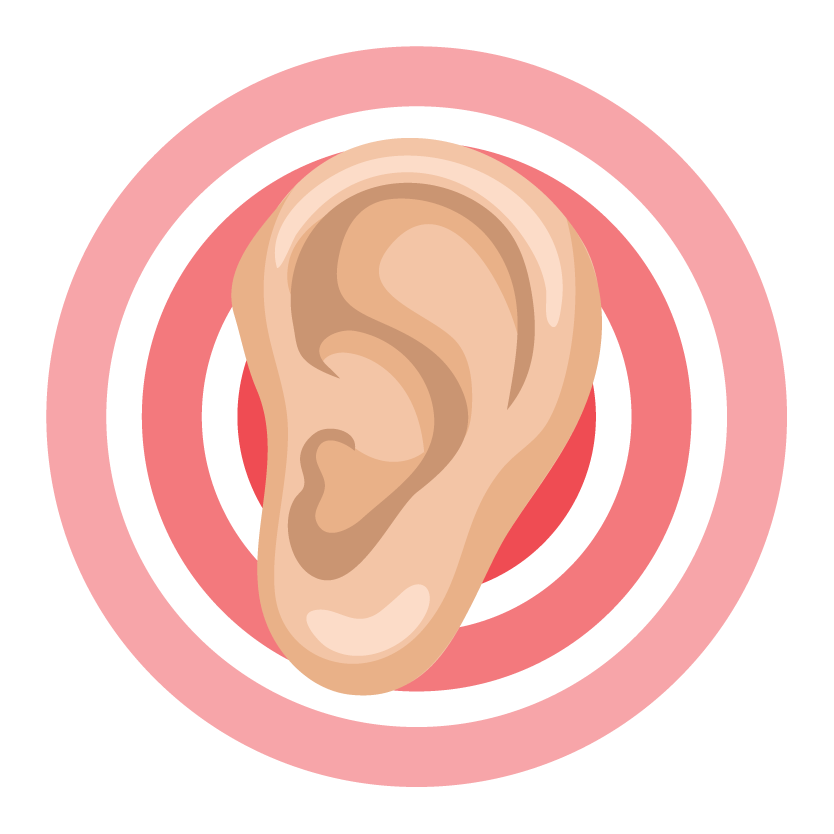
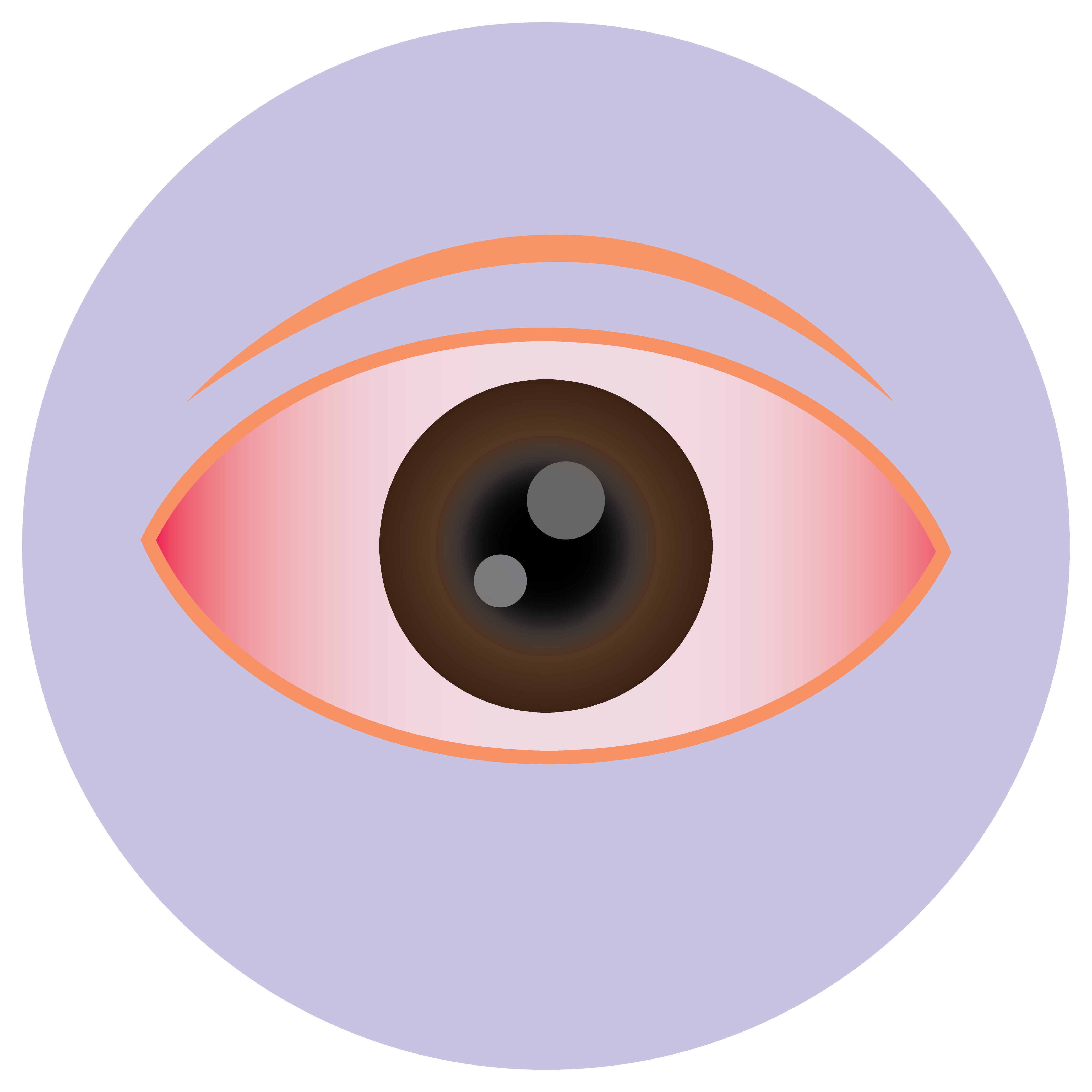
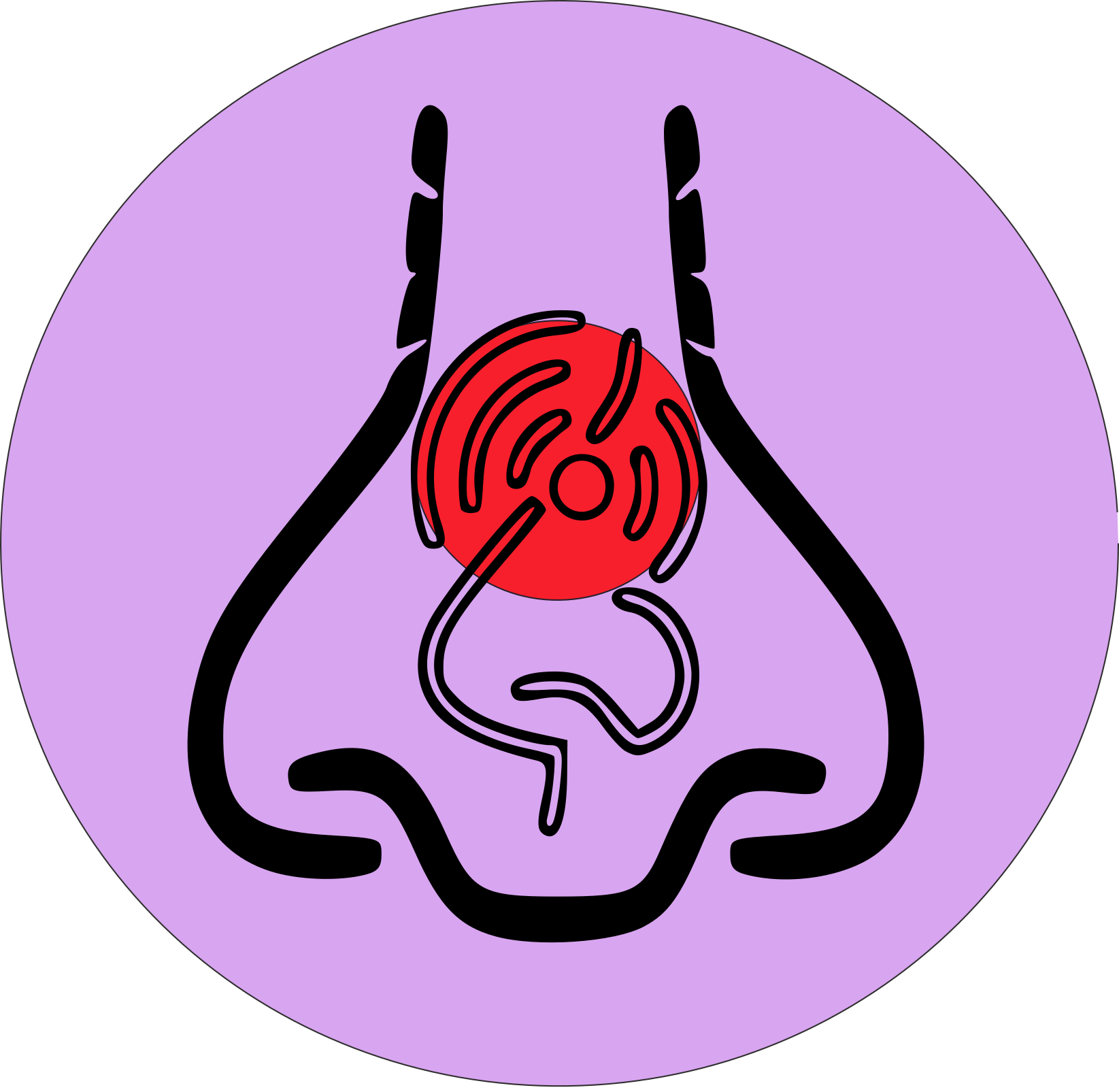


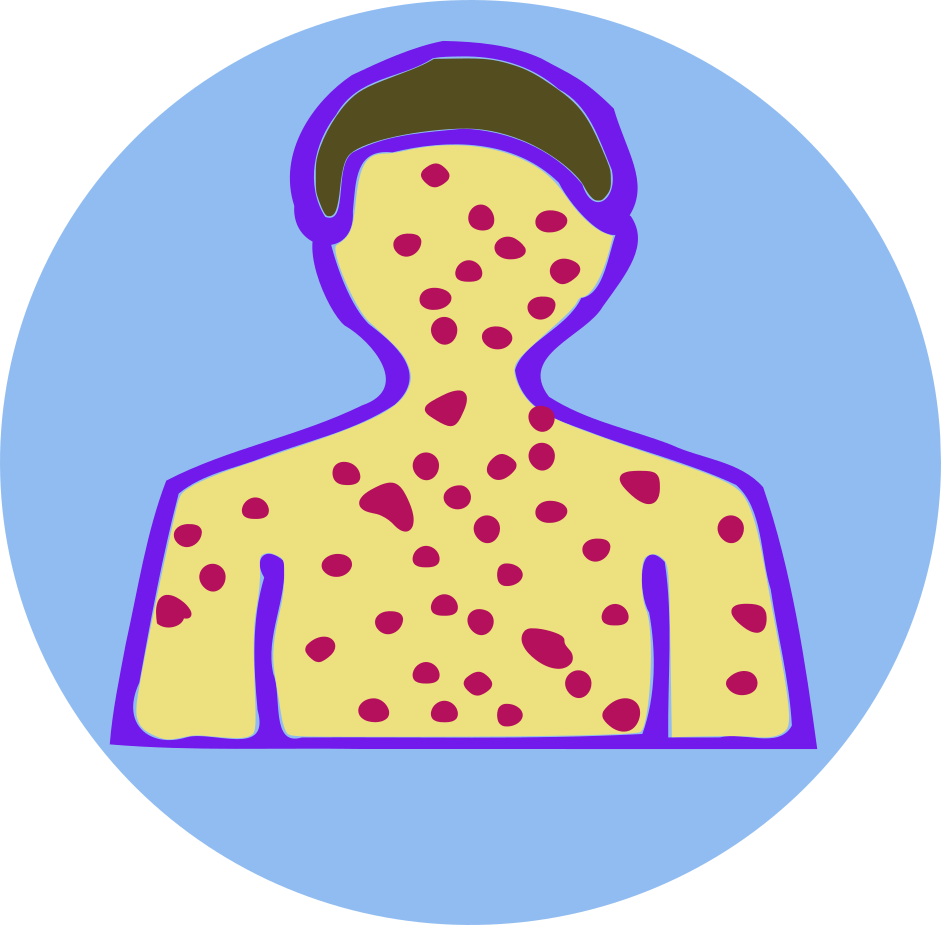
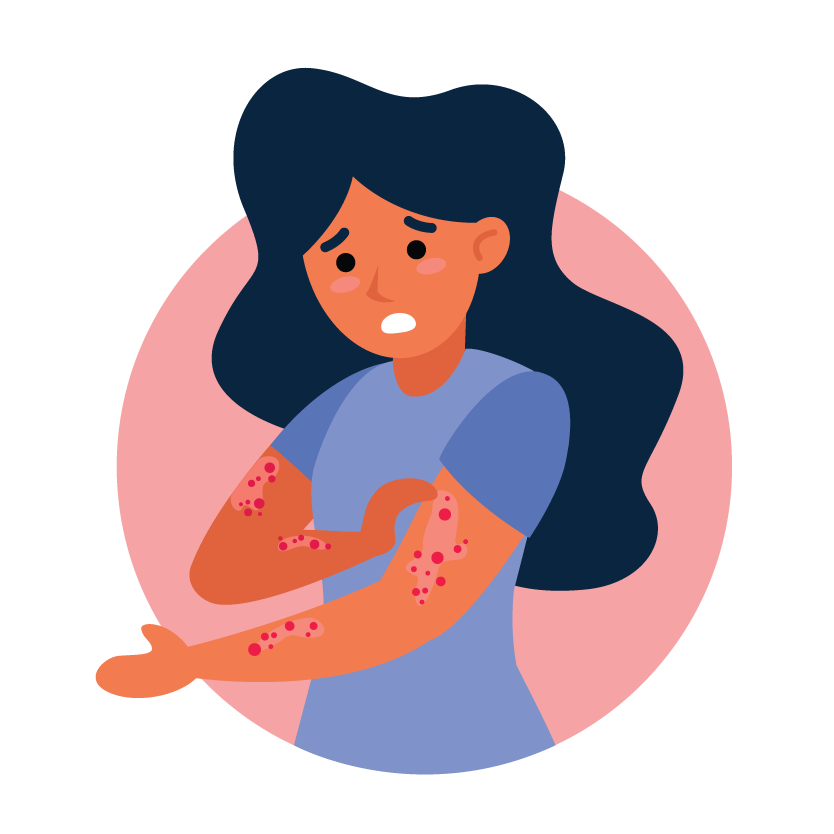

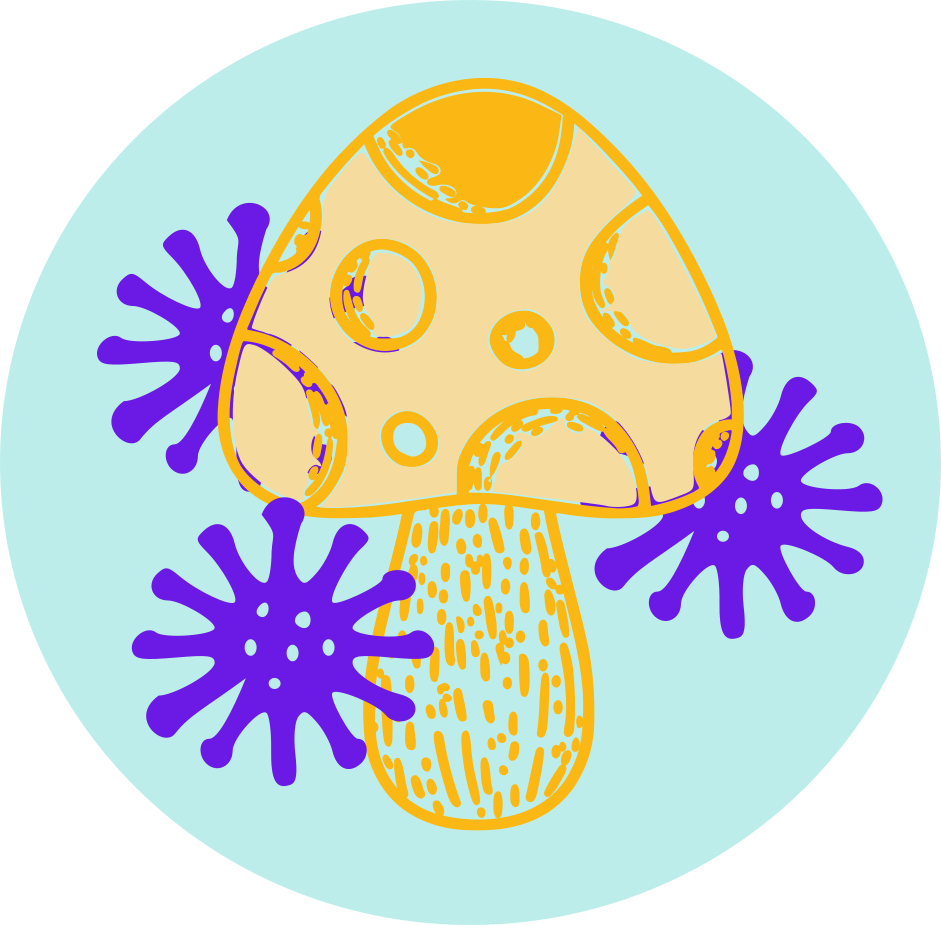
 Bangla
Bangla English
English